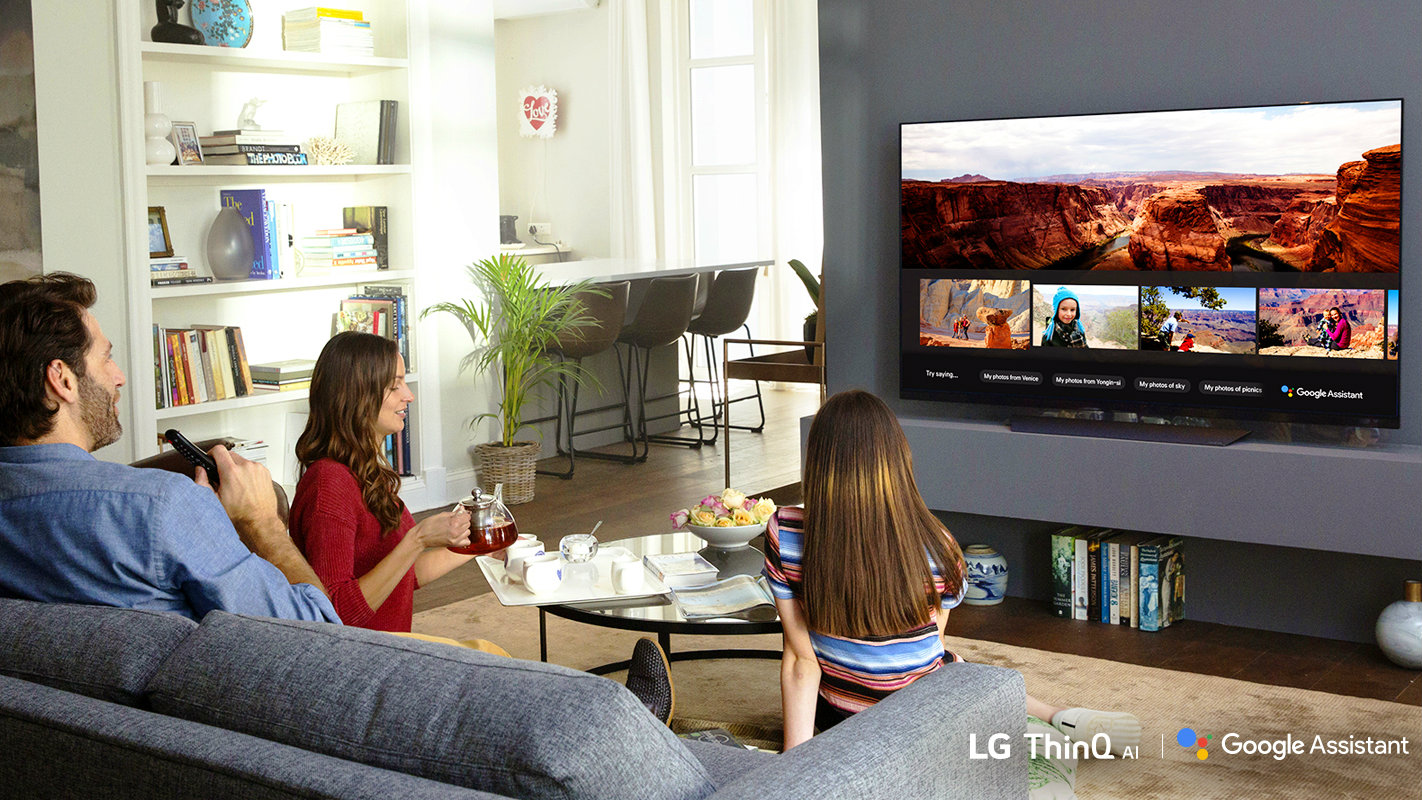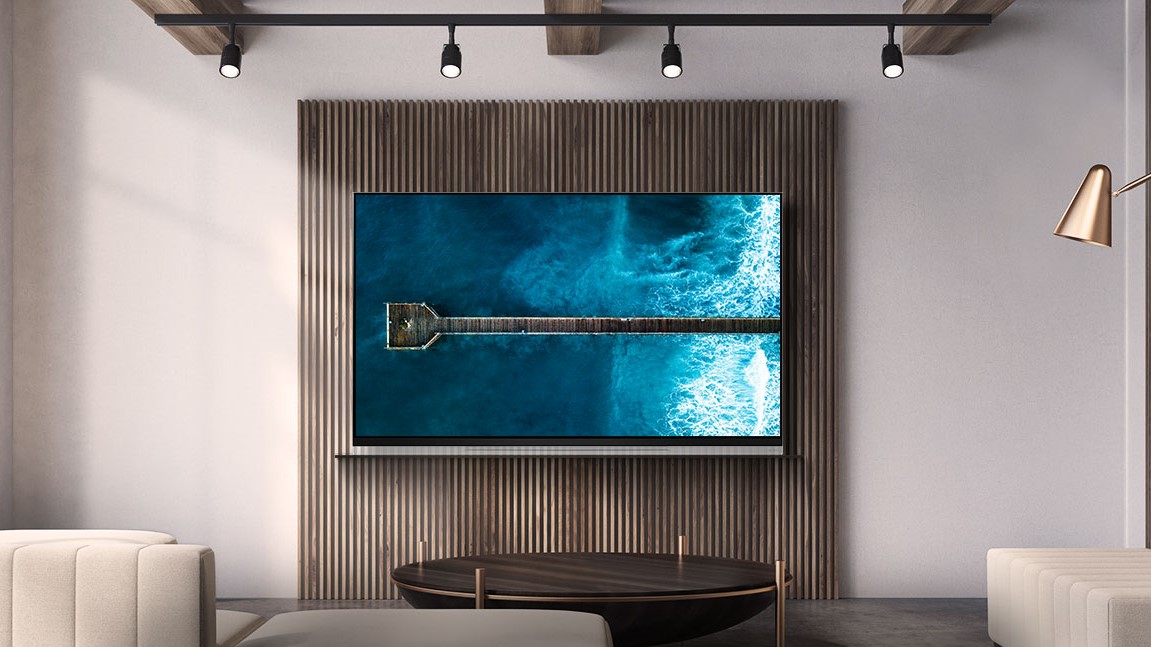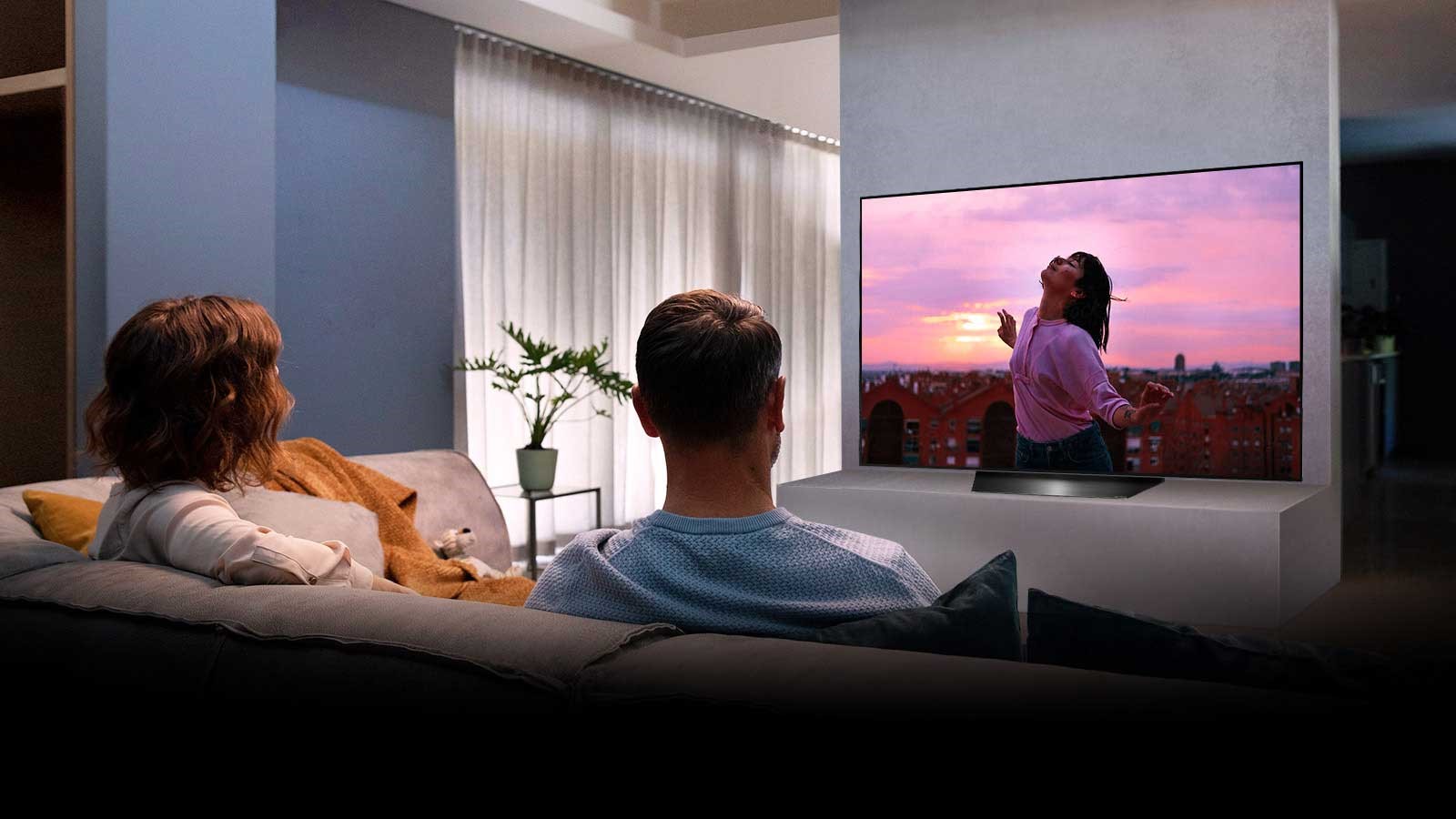With LG pushing 8K and OLED TVs, what place does the Nano90 have?
Opinion: LG’s flagship 4K TV is adrift in a sea of premium technologies

2020 is here, and with it another round of high-end LG TVs. While annual TV range refreshes tend to be pretty incremental, this is one year where the lineup looks a little bit different – or, more precisely, is stuck in the middle of a wider trend.
That’s because, this year, LG really started putting its faith in 8K TVs as the technology of tomorrow, with three new 8K resolution displays – the Nano97, Nano99, and ZX OLED – sitting alongside its usual cohort of 4K TVs.
Things get even more complicated when you start looking at the different types of panel, with the 2020 range featuring four 4K OLED TV models (the BX, CX, GX, and WX) and one 8K OLED (the ZX) alongside numerous 4K and 8K LCD sets under the NanoCell (what LG calls its premium LCDs) umbrella.
The LG Nano90 might be the most curious of this year’s cohort, though, if just because it would have been the flagship model not too long ago.
The Nano90 is clearly an impressive television. It features brilliantly clear 4K resolution, HDR capability with support for the dynamic Dolby Vision standard (used by Netflix), and smart-enough processing to tie its images together.
I was blown away even by down-to-earth programming like Middleditch & Schwartz, an improvised Netflix comedy special, where the deep red of the stage’s curtains and brilliant white of Thomas Middleditch’s sneakers jump out of the screen as powerfully as the futuristic design of sci-fi series Altered Carbon, with the Nano90 able to switch seamlessly between sweeping green vistas and the neon stripes of dystopian cities.

Motion is brilliantly smooth, too, with action scenes in The Last Jedi proving no issue for the set’s processor, even if the Nano90’s brightness control isn’t anywhere near as accomplished as that of the LG C9 OLED (or, I expect, this year’s CX OLED successor), with the glare of lightsabers and flames around the film’s stars proving a bit too much for my eyes.
Get daily insight, inspiration and deals in your inbox
Sign up for breaking news, reviews, opinion, top tech deals, and more.
That’s all well and good – and LG’s webOS smart TV platform is still one of the best on the market, whichever TV is using it. But as a 4K TV with an LCD-LED panel, the Nano90 doesn’t offer either of the premium TV technologies currently being touted by LG: OLED and 8K resolution.
Organic growth
OLED TVs have been around for a good while now, with the first full-sized OLED display arriving in 2014, and panel-maker LG Display – as distinct from LG Electronics, which assembles and sells you the final product – going on to manufacture OLED panels for the likes of Hisense, Sony, and Panasonic as they fell in line behind the promise of an OLED future.

There are several things preventing OLED dominance, including stubborn price points, manufacturing costs, and limited sizing options – all of which are on their way to changing.
However, the real dark horse is 8K, which has quite suddenly gained a hold in companies’ TV ranges, with Samsung tripling its number of 8K QLEDs for 2020 and LG offering the same number of 8K sets (albeit with one OLED model).
Viewers, pundits, and analysts alike are waiting for the moment 8K takes over from 4K officially, and while we’re not yet at that point, it’s clear that 4K – a technology that can now be found on bottom-dollar TVs – has begun to lose something of its shine.
This might seem like a moot point to some: people who want a 4K LCD can buy a 4K LCD, after all, and the same applied to OLED or 8K sets.
But the argument for more premium technologies is always in their perceived superiority, and the knock-on effect is that LG – and other TV brands like it – have to accept that other models are being devalued as a result.
Changing fortunes

We’re reaching a point of saturation for premium technologies, meaning that 4K or LED will soon become bywords for cheap visuals in the same vein as Full HD – and it increasingly feels like LG’s 4K NanoCell TVs are a concession to a slow-changing market, rather than an essential part of its lineup, even as the increase in available 8K sets limits options for those after a premium 4K model.
The main case for 4K or LCD, compared to 8K or OLED, is still the relatively lower price. Speaking to TechRadar, a representative for LG Electronics told us that “LG Nano Series TVs are for anyone seeking a premium TV experience at a lower price point to LG OLED TVs,” offering a lower-cost experience for “matching screen sizes.”
But with the Nano90 retailing at $1,049 / £1,299 (around AU$1,600) for its 55-inch model – roughly the same price as 2019’s LG B9 OLED – customers are having to make a direct value judgement between today’s and tomorrow’s technologies, and there’s little reason to back the Nano90 instead of its OLED sibling.
Both sets feature an a7 processor, too, rather than the a9 chips used by the rest of LG’s OLED TVs, meaning the Nano90 isn’t leveraging its inferior panel any more capably, either.
LG wouldn’t be drawn on how soon 4K NanoCell TVs might disappear. At some point, though – if not as soon as 2021 – we’re going to see sets like the Nano90, which are already being crowded out by 8K LCDs and a strong lineup of OLEDs, drop off the radar for premium TV buyers entirely.
- LG BX vs LG B9 OLED: is it worth the upgrade?
Henry is a freelance technology journalist, and former News & Features Editor for TechRadar, where he specialized in home entertainment gadgets such as TVs, projectors, soundbars, and smart speakers. Other bylines include Edge, T3, iMore, GamesRadar, NBC News, Healthline, and The Times.
